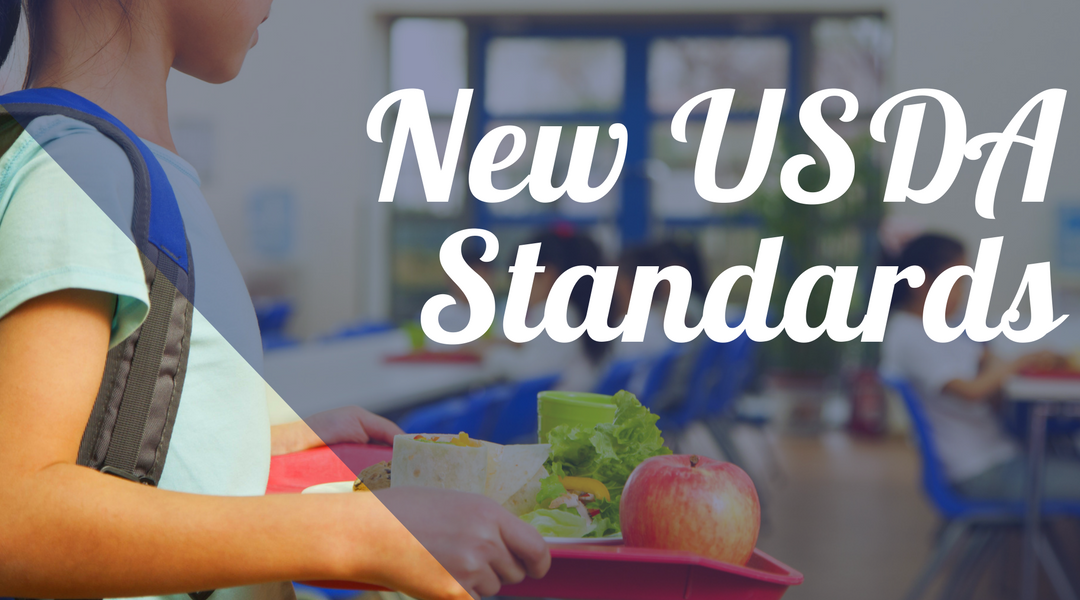USDA Announcement Provides Changes to Age Groups, Target 2 Sodium Standards and CACFP Standards for Meals.
The USDA announced changes for the 2017-18 School Year to include the implementation of the Target 2 Sodium Standards for NSLP/SBP and changes to the CACFP standards for all meals and age groups.
The Target 2 Sodium Standards have been applied to all USDA standards and a waiver has been granted for the 2017-18 school year. Health-e Pro software has already accounted for these changes, and deals with them in straightforward, user-friendly, intuitive ways.
The CACFP standards, as previously discussed, now break down four meal types: breakfast, lunch, snack, and supper. There are now six age groups: age 1, age 2, ages 3-5, ages 6-12, ages 13-18, and adults. Health-e Pro software accounts for rules regarding the minimum daily requirements for meats, grains, fruit, vegetables, and milk, while also accounting for the different milk requirements for each age group, as well as grain-based desserts no longer counting towards the grain component.
To comply with the software requirements, Health-e Pro will be making the following changes and will communicate in greater detail to our customers through monthly emails and on the Health-e Pro support page.
The following was provided by the USDA:
In response to the May 22 memo, SP-32 2017 School Meal Flexibilities for School Year 2017-2018, approved software must make the following changes:
a. For the whole grain-rich (WGR) flexibility, the software must add a footnote or disclaimer to the meal pattern assessment displays and reports, stating that if the school has a waiver from the State Agency, the menu must have at least 50% WGR.
b. For the flexibility to allow 1% flavored milk, the software must add a footnote or disclaimer to the meal pattern assessment displays and reports, stating that if the school has a waiver from the State Agency, 1% flavored milk is an acceptable variety.
c. As of July 1, 2017, approved nutrient analysis and certification of compliance software must allow the user to assess menus against the Target 1 and Target 2 sodium standards by either:
1) allowing the user to choose Target 1 or Target 2 OR
2) showing and assessing against both standards.The software must indicate which sodium standard (Target 1 or 2) was met by the menu.

